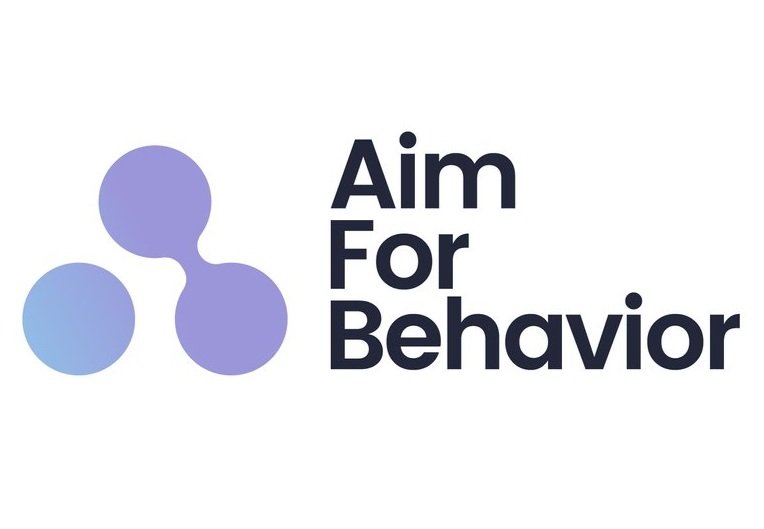Our Journeys are missing a very important layer and here is how to fix it.
Most of us that work in design and innovation are familiar with or work with journey maps or service blueprints. (in some organizations they are becoming the norm)
We have the typical lanes:
-Stages
-Steps
-Actors
-Channels/Touchpoints
-Emotional Journey, Dramatic Arcs, and on and on.
We also take the time to capture things like what the person is:
>"Saying"
>"Feeling"
>"Thinking"
As the example from the journey map from The Interaction Design Foundation shows. (This is not a whole journey, it’s for representation purposes, as it lacks many elements)
✅ The Doing is captured, this is great, clear steps/actions/behaviors a person is doing (btw, sometimes I see journeys that don't describe action actions, but that's for a different post)
✅ The Thinking and Feeling are captured, great - I can see that in the first step I get some really good insights here:
The person is worried and stressed: 💡 some insights I can take and code back to a behavioral framework like COM-B (here showing Motivation as a barrier to the behavior or the doing)
When I add a behavioral layer to the journeys I can not only address pain points, but I can actually address the psychological barriers that will help the person achieve their goal and the company designs a much better experience.
Of course, it only starts with COM-B (you know finding the barriers and enablers to the behavior)
What I really want to do in these journeys is address those barriers in a way that is evidence-based, and so when I find some barrier like motivation, I can go back and see what solutions have been shown to work most effectively in helping with this barriers, and then work with the designers to create something that has those elements.
Combining Journey Mapping with a Behavioral layer that actually analyzes and then helps design solutions is a win-win.
Before I discovered behavioral science I would have never thought that there was a way to use these thoughts and feelings, except to make the map look more robust for stakeholders.
If you want some help or have questions about this kind of work just reach out!
P.S - for those of you who may add that maps are too linear, well yes, they are - I tend to also do work with behavioral system mapping as well, but from the system you still need to zoom in and design.
These are other ways I can help you:
1 ) Get my Behavior Basics Course: Learn to add that missing Behavioral Science layer to your products and services in an easy and practical way
2) Explore my services: I work on small projects or as part of your team
3) Frameworks: Get access to my frameworks and tools
4) If you want to get Behavior Science and Innovation Tools join my newsletter below 👇
